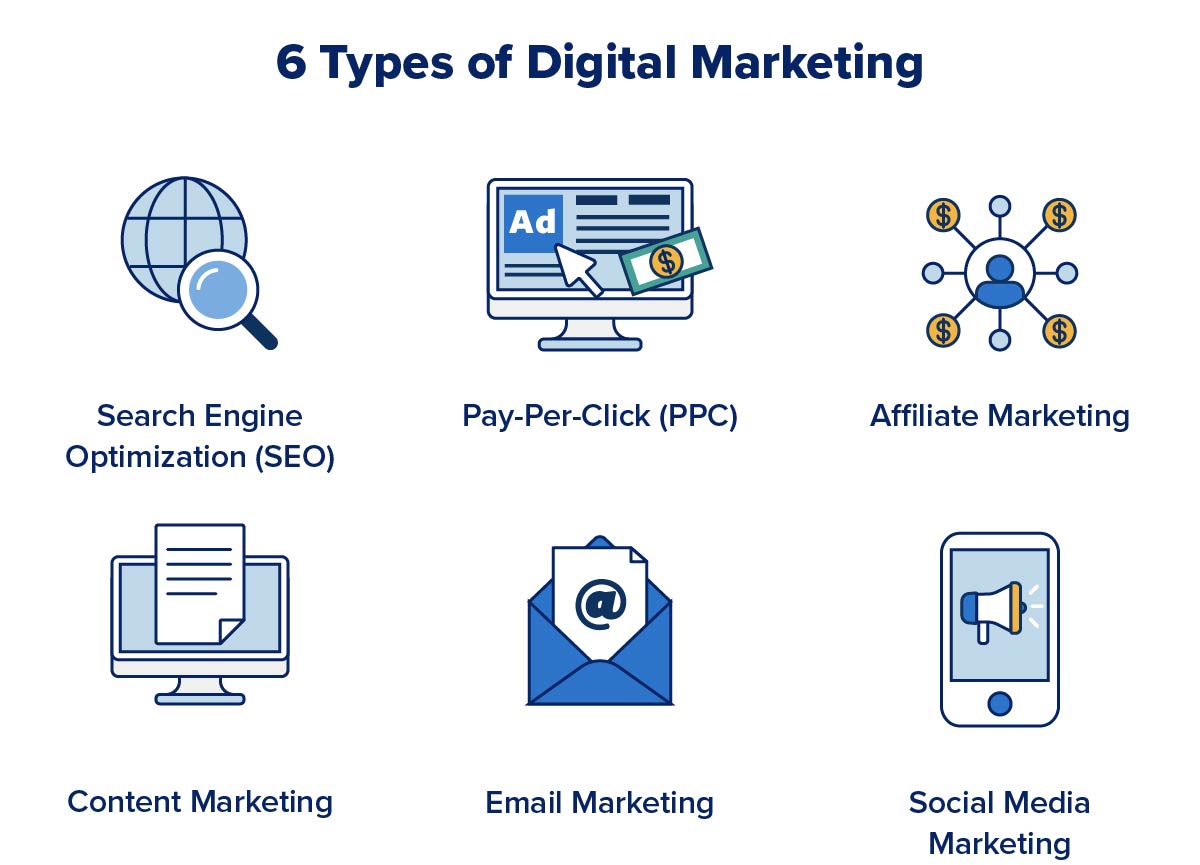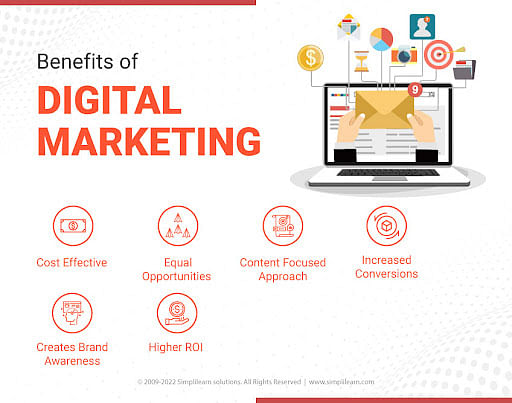Enhance Individual Experience and Drive Traffic With Receptive Web Design
In today's digital landscape, where individuals are accessing sites from a wide variety of tools, responsive web style has ended up being a lot more vital than ever before. With its capability to adjust and perfectly change to various screen dimensions, responsive layout not only improves customer experience yet likewise drives website traffic to your website.
Why Responsive Internet Design Issues
Receptive website design is an essential aspect of modern web advancement due to its capability to guarantee optimal customer experience across different gadgets and screen sizes. With the expansion of smart devices, tablets, and various other smart phones, it has ended up being vital for internet sites to adapt and provide smooth capability no matter the gadget being made use of.
The main reason receptive internet layout matters is that it allows users to have a satisfying and constant searching experience, despite the tool they are making use of. A responsive site immediately changes its web content, layout, and layout aspects to fit the screen size and resolution of the device, ensuring that customers can easily browse and interact with the website without any kind of inconvenience or frustration.
Additionally, responsive website design likewise plays a substantial role in seo (SEARCH ENGINE OPTIMIZATION) Look engines, such as Google, prioritize web sites that are mobile-friendly and receptive in their search outcomes. By integrating receptive layout principles, sites can enhance their visibility and ranking, leading to increased organic traffic and prospective clients.

Boosting Individual Engagement Through Responsive Style
Enhancing user involvement is an essential goal of responsive style, as it guarantees that individuals can easily gain access to and engage with site content on any type of gadget. With the enhancing use of tablet computers and mobile phones, it is critical for sites to adapt to various display dimensions and resolutions. Receptive layout allows sites to immediately readjust their format and content to supply a seamless individual experience throughout gadgets.
One of the main methods responsive layout enhances user involvement is by reducing lots times. With a receptive internet site, customers do not need to await separate mobile variations to load, leading to much faster access to material. This better speed results in higher customer complete satisfaction and urges them to spend even more time on the website.
In addition, receptive design enhances customer engagement by improving navigation and customer interface (The Ad Firm Web Design). When an internet site is designed responsively, menus and buttons are enhanced for touch interactions, making it easier for customers to browse and interact with the site on their mobile gadgets. This straightforward and user-friendly experience keeps individuals engaged and urges them to check out more of the internet site
Furthermore, responsive design enables far better content exposure and readability. By adapting the format and font dimensions to different devices, receptive web sites ensure that individuals can easily review and recognize the web content. This improves user engagement by minimizing the need for zooming or scrolling to check out the text.
Increasing Site Traffic With Responsive Website Design
With the growing appeal of smart phones, having an internet site that is responsive to various display sizes and resolutions is vital for driving raised web traffic. In today's electronic landscape, users are accessing internet sites from a variety of gadgets such as mobile phones, tablets, and home computer. Each of these gadgets has different display sizes web design adalah and resolutions, and if your web site is not designed to adjust to these variations, it can lead to a bad user experience and a loss of potential traffic.
Responsive web design guarantees that your internet site looks and functions ideally throughout all gadgets. By using adaptable grids, liquid photos, and media queries, responsive layout allows your internet site to instantly change its material, layout, and navigating to fit any kind of screen size. This suggests that users will have a seamless browsing experience regardless of whether they are utilizing a tiny smartphone or a large desktop computer.
Trick Elements of Effective Responsive Design
Efficient receptive design incorporates several vital components that make certain a seamless individual experience across various tools. Among these aspects is versatile grids and formats. By using loved one systems like portions rather of taken care of units like pixels, developers can create formats that scale and adapt to fit various screen dimensions. This permits web content to be shown in a visually attractive and legible fashion on any type of tool.
An additional vital element is media queries. These allow designers to apply different designs and formats based on the attributes of the customer's device, such as display size and positioning. By utilizing media inquiries, developers can enhance the discussion of material for each and every tool, making sure that it is understandable and quickly obtainable.
Responsive images are additionally crucial in reliable responsive style. Pictures that are too huge can decrease web page load times on mobile phones, while pictures that are also small might show up pixelated on bigger displays. By utilizing techniques such as receptive photo resizing and lazy loading, designers can guarantee that photos are properly sized and enhanced for each gadget.
Finally, effective responsive design includes a mobile-first strategy. This suggests focusing on and developing web content for smart phones first, and afterwards enhancing the style and increasing for larger displays. This strategy ensures that the most important content is quickly obtainable on smaller displays, while still providing an abundant experience on larger devices.
Ideal Practices for Carrying Out Receptive Web Style
Applying responsive website design needs cautious factor to consider of numerous ideal practices to guarantee an optimal individual experience across different devices. Below are some essential best practices to follow when carrying out receptive web layout.
Firstly, it is see post crucial to focus on mobile users. With the increasing dominance of mobile tools, making for mobile-first has become essential. Begin deliberately for smaller displays and after that progressively enhance the layout for bigger displays.

An additional vital ideal technique is to enhance images for different display resolutions. Big photos can reduce down the filling time of your internet site, especially on smart click to find out more phones with slower links. Use receptive pictures that can be resized based on the gadget's display resolution to improve performance.
Furthermore, test your web site on different tools and display sizes to guarantee a regular and seamless experience. There are numerous testing devices readily available that can assist you determine any type of issues and make necessary modifications.
Lastly, prioritize functionality and availability. Ensure that your internet site is easy to navigate, with clear and succinct content. Make certain that your site comes to individuals with impairments and follows access guidelines.
Final Thought
In conclusion, receptive web style plays a critical function in boosting individual experience and driving traffic to web sites. By taking on receptive style concepts, internet sites can ensure optimal viewing experiences across different devices, leading to increased customer engagement.
Maximizing customer interaction is an essential objective of receptive design, as it guarantees that customers can conveniently access and connect with website web content on any kind of gadget. Responsive layout makes it possible for sites to instantly adjust their design and web content to provide a seamless individual experience across tools.
Furthermore, receptive style boosts customer involvement by boosting navigating and customer interface.Receptive pictures are also vital in effective receptive style. By taking on responsive layout concepts, web sites can ensure ideal seeing experiences across various devices, leading to enhanced user interaction.